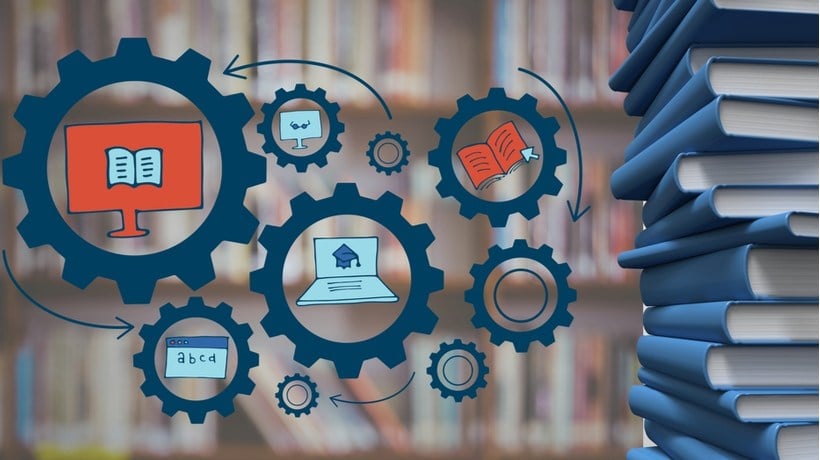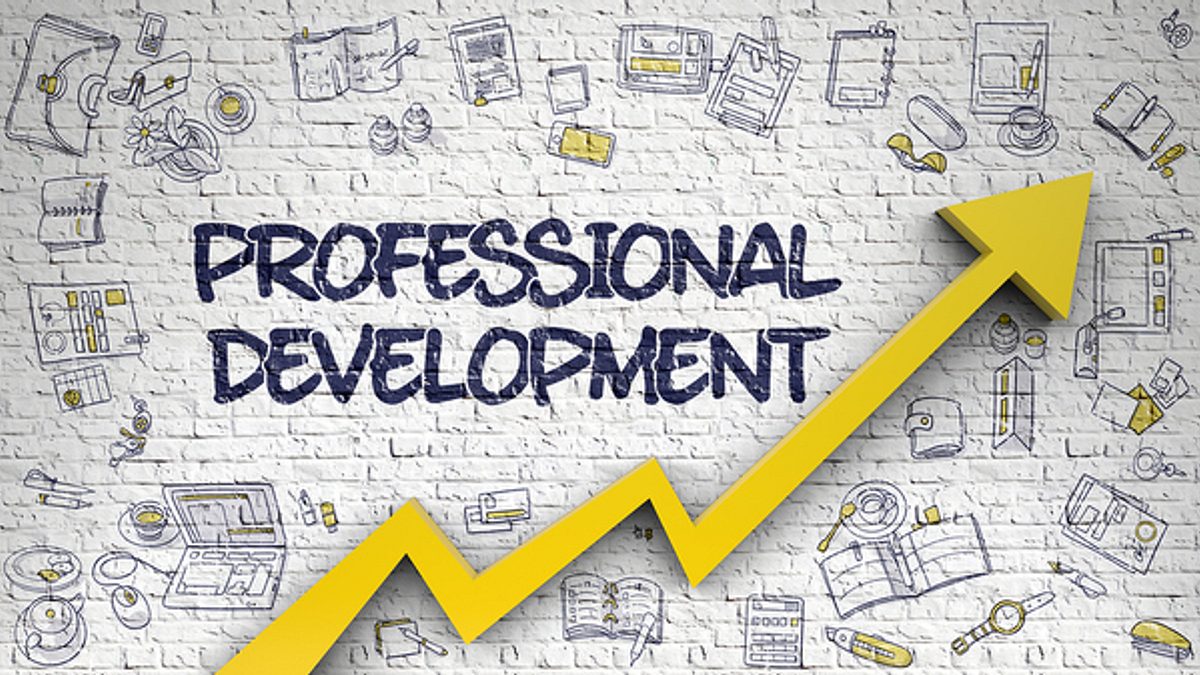Table of Contents
1. Types of Education Resources
Education resources come in various forms, each serving a different purpose in the learning process. These resources can be categorized into several types based on how they support students, teachers, or educational institutions.
1.1. Textbooks and Reference Materials
- Traditional Textbooks: These remain the cornerstone of formal education, providing a structured curriculum and foundational knowledge in subjects like mathematics, science, literature, and history. They offer a step-by-step guide for students to understand key concepts.
- Supplementary Books: These include study guides, workbooks, and revision materials that reinforce learning and provide additional practice problems, exercises, and explanations.
- Online Reference Libraries: Digital libraries, like Google Scholar, JSTOR, and Project Gutenberg, offer access to scholarly articles, research papers, and historical texts. These resources are invaluable for students conducting research or exploring more advanced topics.
1.2. Digital Learning Platforms
- Learning Management Systems (LMS): Platforms like Moodle, Canvas, and Blackboard provide teachers and students with a virtual space to access course materials, submit assignments, and interact. They streamline the administration of education and promote efficient communication.
- Online Courses: Websites like Coursera, edX, Khan Academy, and Udemy offer courses in a variety of subjects, often with the flexibility of self-paced learning. These platforms have become key resources for both academic courses and professional development.
- Interactive Apps: Educational apps like Duolingo for language learning, Photomath for solving math problems, or Quizlet for flashcards make learning engaging and accessible. These apps often include gamified features that encourage continuous interaction and improve retention.
1.3. Audio and Visual Resources
- Podcasts and Audiobooks: These are excellent resources for auditory learners. Educational podcasts cover a wide range of topics, from history and science to personal development. Audiobooks provide an alternative for students who may have difficulty with traditional reading.
- Educational Videos and Documentaries: Platforms like YouTube, TED-Ed, and National Geographic offer educational videos, documentaries, and lectures that bring concepts to life visually. These resources are particularly helpful for complex subjects that benefit from visual representation, such as biology, physics, and history.
- Virtual Reality (VR) and Augmented Reality (AR): VR and AR applications, such as those used in medical training or history lessons, provide immersive learning experiences, allowing students to visualize and interact with concepts in a way that traditional resources cannot.
1.4. Teacher Resources
- Lesson Plans: Teachers often use lesson plan resources to structure their classes, provide clear objectives, and ensure they cover the necessary topics. Websites like Teachers Pay Teachers and the National Education Association offer downloadable lesson plans for various subjects and grade levels.
- Classroom Management Tools: Tools like ClassDojo and Google Classroom assist teachers in managing classroom activities, tracking student behavior, and maintaining engagement. These platforms also allow for communication with students and parents.
- Professional Development Materials: Resources such as workshops, webinars, and books aimed at improving teaching strategies help educators grow in their profession. Online platforms like Edutopia and the Teacher’s College offer research-backed strategies for enhancing teaching.
1.5. Collaborative Tools
- Group Work Platforms: Collaborative platforms like Google Docs, Microsoft Teams, and Slack are essential for group projects, allowing students to collaborate on assignments and share resources in real time.
- Online Communities and Forums: Educational communities such as Stack Exchange, Reddit’s r/AskHistorians, or specialized forums for particular fields of study allow students and teachers to engage in discussions, ask questions, and share resources. These platforms create a space for peer-to-peer learning and knowledge-sharing.
2. How Education Resources Enhance Learning
The right educational resources not only support student learning but also make it more engaging, interactive, and effective. Let’s explore how these resources contribute to improved outcomes for students, educators, and educational systems.
2.1. Personalized Learning
- Adaptive Learning Platforms: Resources like Knewton and DreamBox Learning adjust to each student’s level of understanding and progress, delivering content tailored to their needs. Personalized resources ensure that students are challenged appropriately without feeling overwhelmed or bored.
- Self-Paced Learning: Online courses and digital platforms give students the flexibility to learn at their own pace, revisiting challenging concepts or advancing ahead as needed. This promotes greater retention and mastery of content.
2.2. Accessibility and Inclusivity
- Inclusive Learning Materials:https://www.eduvine.ca/ like accessible textbooks, screen readers, or speech-to-text applications ensure that all students, including those with disabilities, have equal access to learning materials.
- Multilingual Resources: Educational platforms like Duolingo or online dictionaries in multiple languages help non-native speakers engage with the content in their language of choice, breaking down language barriers.
2.3. Engaged and Interactive Learning
- Gamified Learning: Many digital resources now incorporate gamification elements—such as points, badges, and challenges—that motivate students to engage more deeply with the material. Websites like Kahoot! and Quizizz turn quizzes into competitive, interactive games, helping students learn through play.
- Hands-On Learning: Tools such as virtual labs, simulation software, and AR/VR applications allow students to experiment, test hypotheses, and explore real-world scenarios without leaving the classroom. For instance, apps like PhET Interactive Simulations help students visualize scientific concepts through interactive experiments.
2.4. Supporting Teacher Development
- Curriculum Support: Teachers can use education resources to supplement traditional teaching materials, such as worksheets, multimedia content, and real-world case studies. Resources like Edutopia provide articles, blogs, and resources that promote innovative teaching methods.
- Assessment and Feedback: Tools like Google Forms and Quizlet allow teachers to design quizzes and assessments that can be automatically graded. This streamlines the evaluation process, enabling teachers to give quick, constructive feedback to students.
3. Emerging Trends in Education Resources
With the ever-changing landscape of education, it’s important to keep an eye on the emerging trends in educational resources that are transforming how students and teachers engage with learning.
3.1. Artificial Intelligence (AI) in Education
AI-powered tools are revolutionizing education by offering personalized learning paths and automating administrative tasks. AI can analyze student performance in real-time and suggest the next best steps for learning, providing instant feedback and support. Virtual tutors, such as ChatGPT, help students with queries and offer explanations for difficult topics.
3.2. Open Educational Resources (OER)
Open Educational Resources are freely available teaching, learning, and research materials that anyone can use, adapt, and share. Platforms like OER Commons and OpenStax provide free textbooks, videos, and other resources that help reduce educational costs and ensure more equitable access to quality content.
3.3. Microlearning
Microlearning focuses on delivering content in small, digestible chunks. It’s a response to the demand for flexible, on-the-go learning. Platforms offering bite-sized lessons, such as LinkedIn Learning and Skillshare, make it easier for students and professionals to learn at their own pace, fitting lessons into their daily lives.
3.4. Augmented Reality (AR) and Virtual Reality (VR)
AR and VR are transforming how students experience learning. These immersive technologies allow learners to explore concepts in three dimensions, whether it’s walking through ancient civilizations, practicing surgery, or conducting chemistry experiments. As AR and VR technology advances, we can expect more interactive educational experiences that go beyond the textbook.
4. Where to Find Education Resources
Accessing high-quality educational resources has never been easier, thanks to the growth of digital platforms and open-access initiatives. Here are some of the best places to find them:
- Open Educational Resource Platforms: OER Commons, OpenStax, and MERLOT provide free, high-quality educational materials for educators and students.
- Digital Learning Platforms: Coursera, Khan Academy, edX, and Duolingo are just a few of the platforms offering free and paid courses across various subjects.
- Government and Non-Profit Websites: Websites like the National Science Digital Library (NSDL) and the Library of Congress provide free resources to teachers and students.
- Online Communities and Forums: Reddit, Stack Exchange, and teacher-focused websites like Teachers Pay Teachers offer lesson plans, teaching resources, and peer support.
Conclusion: The Power of Education Resources
Education resources are indispensable tools for supporting learning, improving engagement, and promoting effective teaching. From textbooks and digital platforms to interactive apps and VR experiences, these resources are essential in today’s fast-paced, ever-evolving educational landscape. As technology continues to innovate, the availability and variety of educational resources will only increase, offering students and educators more opportunities to enhance learning experiences and outcomes.
By embracing a diverse range of educational resources, we can ensure that learners have the support they need to thrive and reach their full potential. The future of education is bright, with an abundance of resources available to inspire, educate, and empower the next generation of learners.


